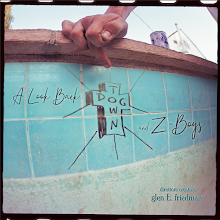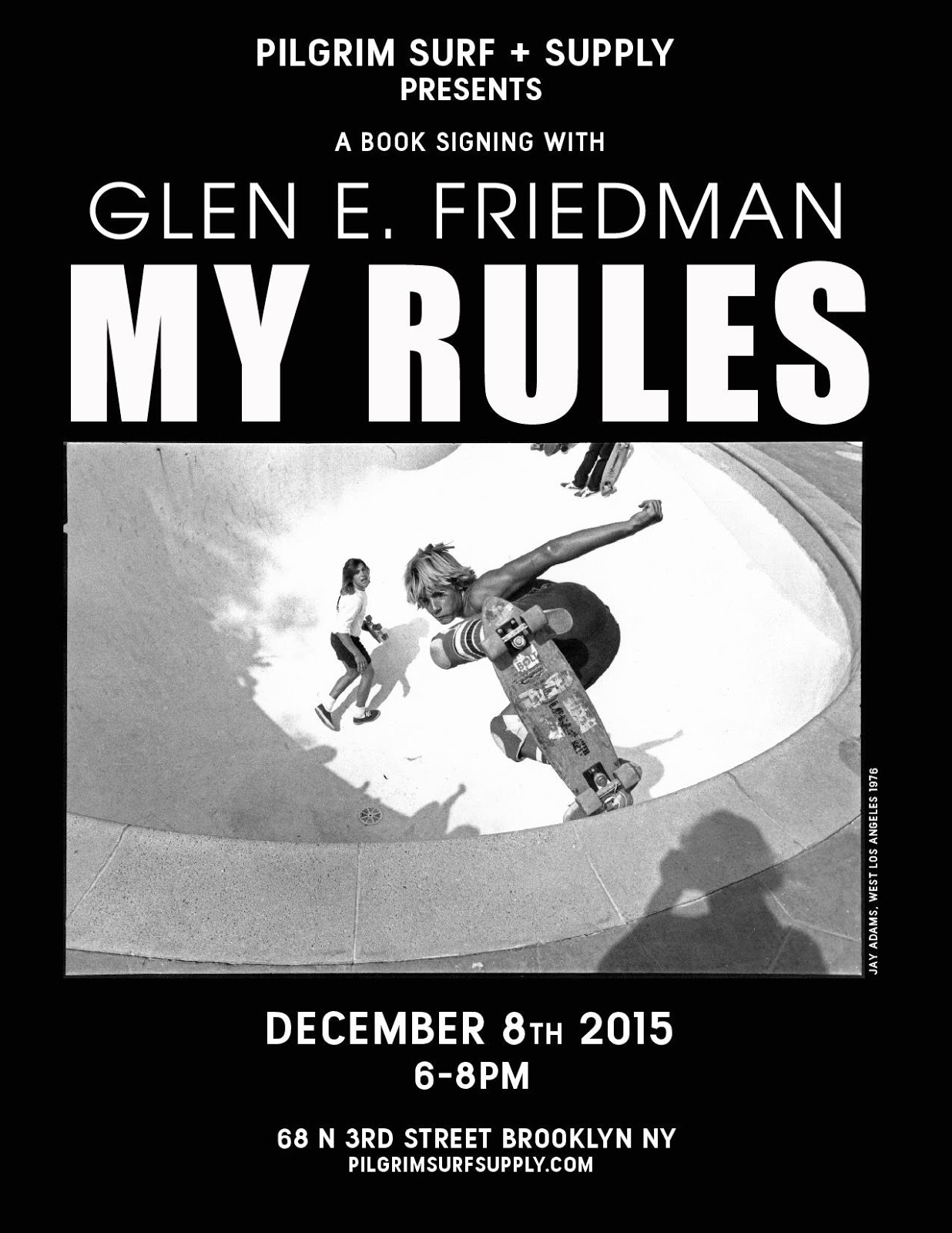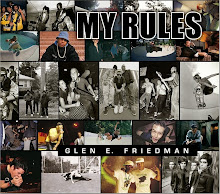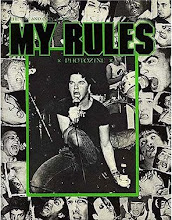skip to main |
skip to sidebar
from
Boing Boing:

The New Yorker says, "I thought you would be interested in Lizzie Widdicombe's piece in this week's issue of The New Yorker, in which she meets the founder of Soylent, a synthetic meal replacement, and—in part, by subsisting on it herself—looks at how it could someday revolutionize humanity’s approach to food."In the May 12, 2014, issue of The New Yorker, in “The End of Food” (p. 28), Lizzie Widdicombe meets the founder of Soylent, a synthetic meal replacement, and—in part, by subsisting on it herself—looks at how it could someday revolutionize humanity’s approach to food. In 2012, a young Bay Area entrepreneur named Rob Rhinehart and his roommates were living off the last remaining funding for a failed technology startup. In a bid to save money, Rhinehart attempted various inexpensive—and unsustainable—diets. Having begun to see food itself as an engineering problem, he “took a break from experimenting with software,” Widdicombe writes, compiled a list of nutrients required for survival, ordered them from the Internet—mostly in powder or pill form—and poured everything into a blender, with some water. “The result, a slurry of chemicals, looked like gooey lemonade,” Widdicombe writes. He called the mixture Soylent, a term borrowed from a science-fiction novel from the nineteen-sixties. Rhinehart started living on it and shared his findings in a blog post called “How I Stopped Eating Food,” in which he championed the physical effects (clearer skin, thicker hair) and noted that his food costs had dropped from four hundred and seventy dollars a month to fifty. The positive response that the post received convinced Rhinehart and his roommates to enter the synthetic-food business. “Last week, the first thirty thousand units of commercially made Soylent were shipped out to customers across America,” Widdicombe writes. In addition to crowd-funding money, its production was financed by Silicon Valley venture capitalists. Widdicombe writes that, in her own experience, Soylent kept her satiated, though it did point out how much of our time revolves around food. “U.S. military and space programs have asked to run trials on Soylent, for possible future use,” Widdicombe writes. Rhinehart, who has been living almost entirely on Soylent for more than a year, hopes to figure out how to source all of Soylent’s ingredients—carbohydrates, protein, lipids—from algae. “Then we won’t need farms,” he says, adding that a Soylent-producing “superorganism” would eliminate the need for factories, too. To help a village full of malnourished people, Rhinehart tells Widdicombe, “you could just drop a shipping container” full of Soylent-producing algae. “It would take the sun’s energy and water and air, and produce food.” Then all we’d have to do is fix the world’s housing problem, “and people could be free.”
The End of Food in The New Yorker
























No comments:
Post a Comment